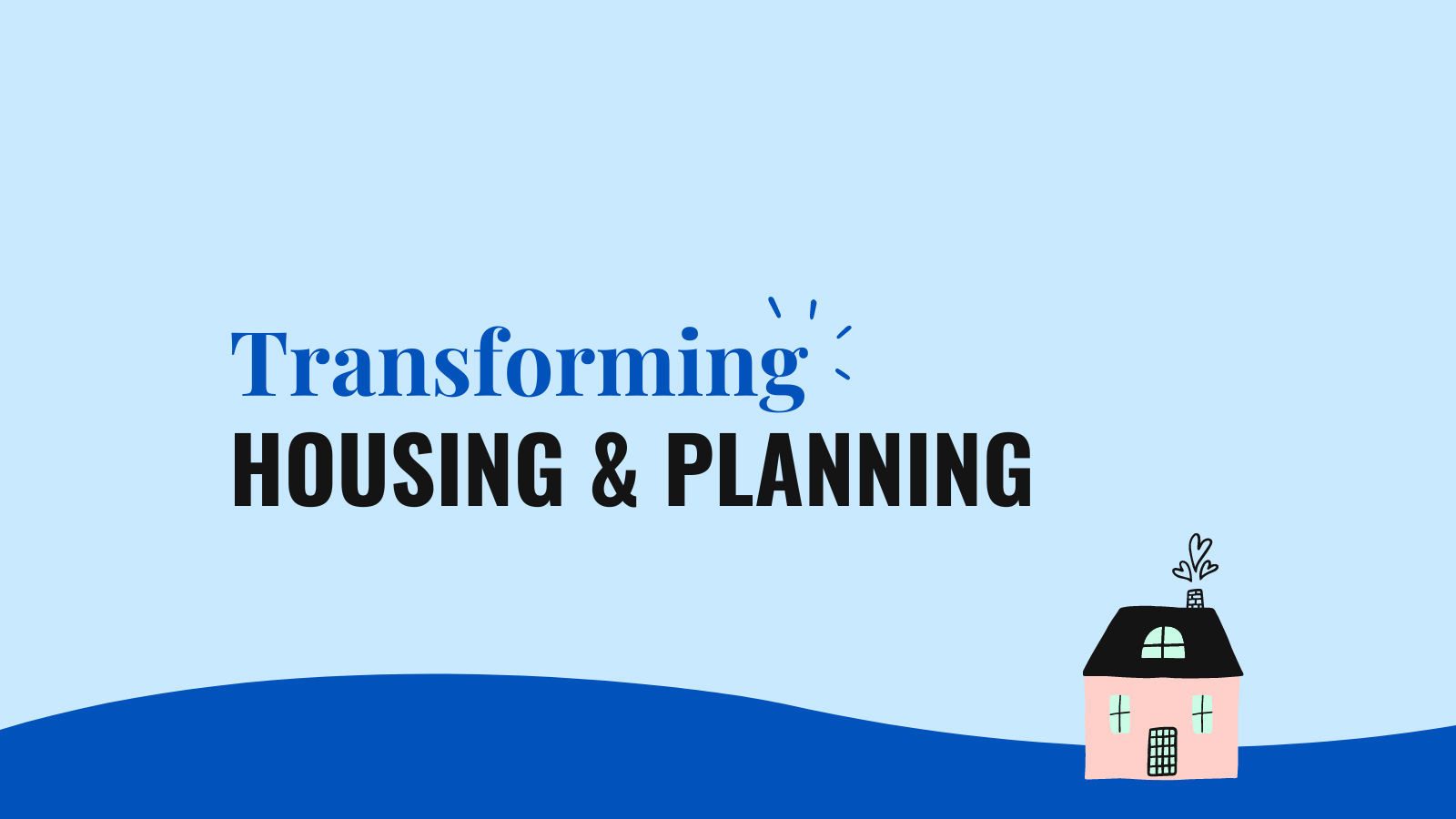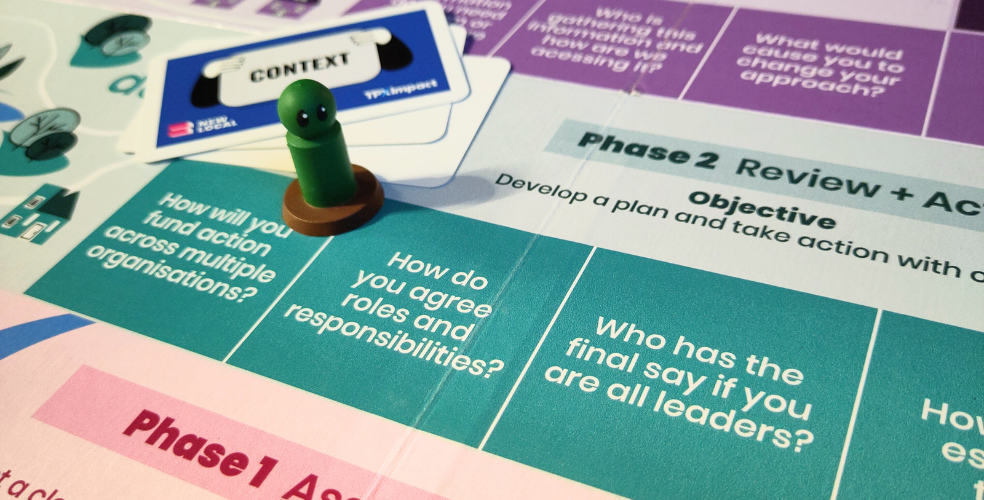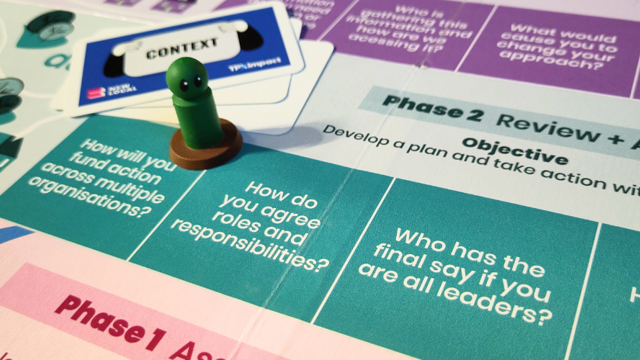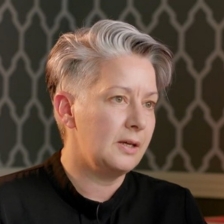Rochdale Borough Council’s Strategic Housing team recognised that we need a considerable change to the way we deliver services and housing allocations. How do we provide access to stable homes for residents and support them to build a secure base that leads to more successful and healthier lives?
The housing ecosystem
Working with the Strategic Housing team, we did a three-month discovery to understand the challenges, pain points and opportunities through the view of both residents' and staff's experiences of the Homelessness & Housing Allocations services.
We learned that the existing approaches to preventing and relieving homelessness are not centred around people’s needs and do not provide sustainable outcomes. What appears as a lack of support is a complicated web of services and touchpoints, with multiple providers from the council to external providers.
Without a joined-up approach to understanding people’s needs, every organisation does their bit but nobody has the full picture.
Visualising all the components of an ecosystem is a powerful way to reinforce the understanding that one provider or team cannot solve complex challenges alone.
This helped to remove some of the competition and duplication across the ecosystem while recognising a future service needed to support and enable greater collaboration between different teams and organisations.
Recognising recurring patterns
People accessing housing services are likely to have touched other council services before. Recognising the patterns that might trigger homelessness or make it difficult for people to access tenancy can be a critical step in understanding how and where we focus on improvements.
Visualising this as a cycle has helped teams in Rochdale, including sharing across Children’s Services, Adult Social Care and third sector providers, understand both the impact of changing provision and find opportunities to help people before they reach a crisis point. One provider is now pilot-testing a new tenancy sustainment role to track more closely the reasons tenancies are failing and where we could act sooner.
A single-delivery approach
With a better understanding of the challenges, we designed an approach to delivering housing and homelessness services in Rochdale with the new Connected Services Model: an innovative approach that connects the council and partner efforts, working collaboratively across housing and homelessness services to build positive outcomes for residents in Rochdale.
It’s about making the best use of the diverse skills and expertise within and beyond the council to have a sustainable impact.
The Connected Services Model includes four core elements. These parts will help Rochdale move from a reactive to a proactive provider, focused on prevention and collaborative working with other services, partner agencies and the third sector
Multidisciplinary team working
Embedding housing specialists into the local community with colleagues from Health and Adult Social Care Services, we’re aiming to reduce handoffs between directorates and create a more collaborative approach to solving problems around individual cases.
Multi-agency strategy group
By bringing together a group of leaders across services and partner organisations to meet regularly, we can address collective challenges using data and insights and discuss strategic priorities that will help people in need and inform the long-term strategy.
Holistic Advice, Homelessness & Allocations Service
Bringing together the front-of-house teams, we can create an integrated delivery team, to assess people’s situations in a holistic way, providing advice and bringing them into contact with the right services.
Insights, Innovation & Partnership
By collecting qualitative and quantitative data about people’s needs in Rochdale, we can work at all levels from predicting tenancy sustainment to modelling future housing needs in the borough.
Creative solutions to tough challenges
This is a big, ambitious move for Rochdale. This new model will introduce more flexible ways of working and creative solutions that will make better use of data and information sharing across the service, freeing up time and budget to ultimately put less demand and pressure on staff, services and organisations.
For residents, we will be building a more joined-up, holistic and tailored service experience that is both transparent and honest, creating better interactions that are more meaningful for residents. Rochdale will be able to provide better access to those people with complex needs while empowering all residents to own their stories.
We can pioneer a new approach to housing allocations that exceeds resident expectations. Drawing on best practices from across the UK, we can design an efficient and effective service that builds the right homes, helps people and enables fair access for everyone. We’re now testing risks and assumptions with four months of prototyping to refine operating models, ways of working and governance.
Learn more about how we're transforming housing and planning.

Transforming housing & planning
We help organisations embrace digital infrastructure to streamline delivery and sustainable development, improve services and engage their citizens and customers.
Work with us
A game-changing approach to leadership
Radical Leaders: The Game! uses real-world crisis scenarios to challenge local government leaders, fostering collaboration, agility, & community focus.
Read moreOur recent insights
Transformation is for everyone. We love sharing our thoughts, approaches, learning and research all gained from the work we do.

A game-changing approach to leadership
Radical Leaders: The Game! uses real-world crisis scenarios to challenge local government leaders, fostering collaboration, agility, & community focus.
Read more
8 lenses for service transformation
By thinking about the specific parts of a system or service, and how they relate to one another, we can begin to understand the interactions between them and identify opportunities for change.
Read more
How to use service patterns is something that I know a number of different organisations are starting to think about. This is a conversation that I’ve seen prompted by the LocalGov Patterns library that we’ve been working on at TPXimpact with Essex County Council. Here are some of my thoughts.
Read more

